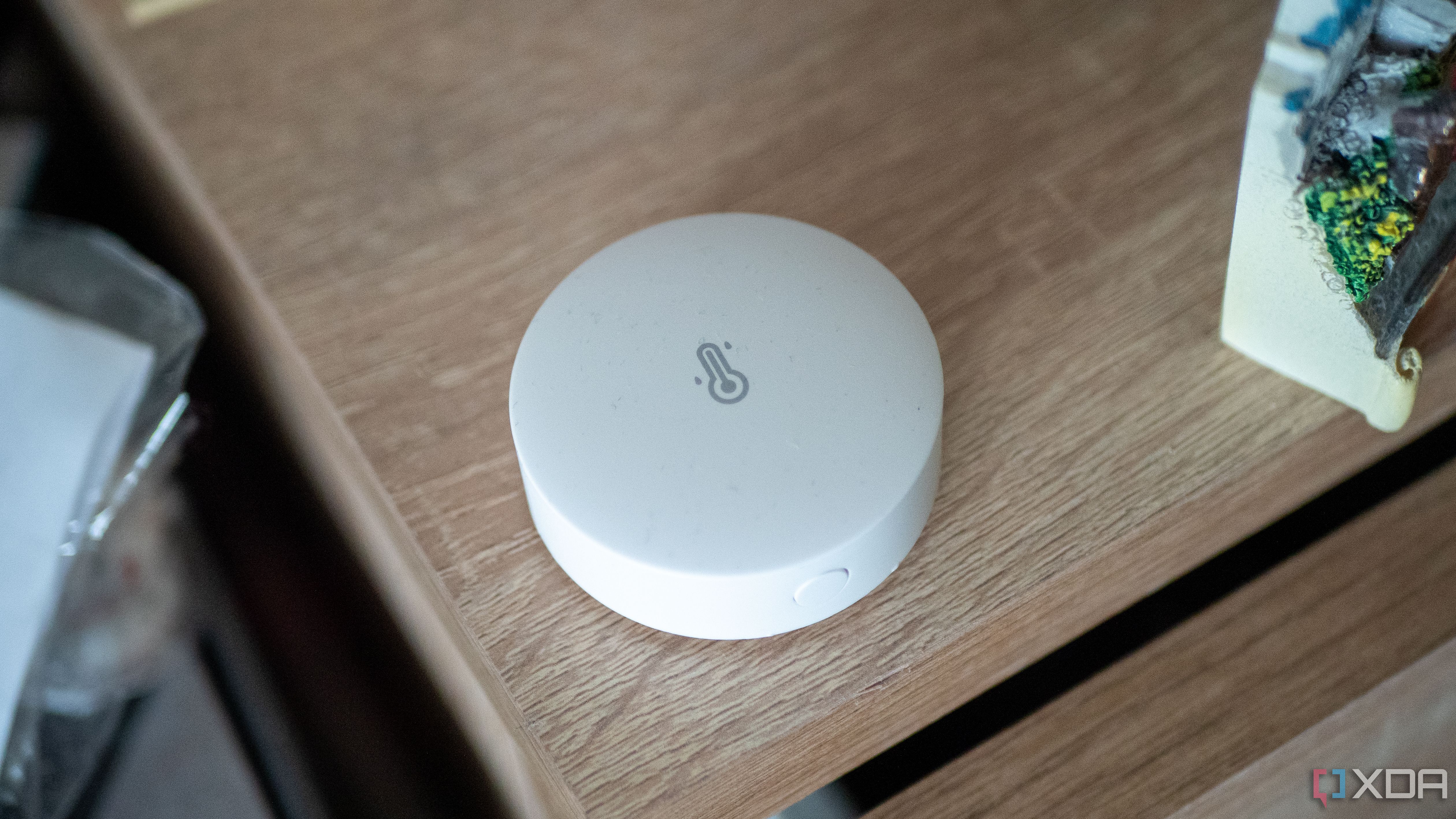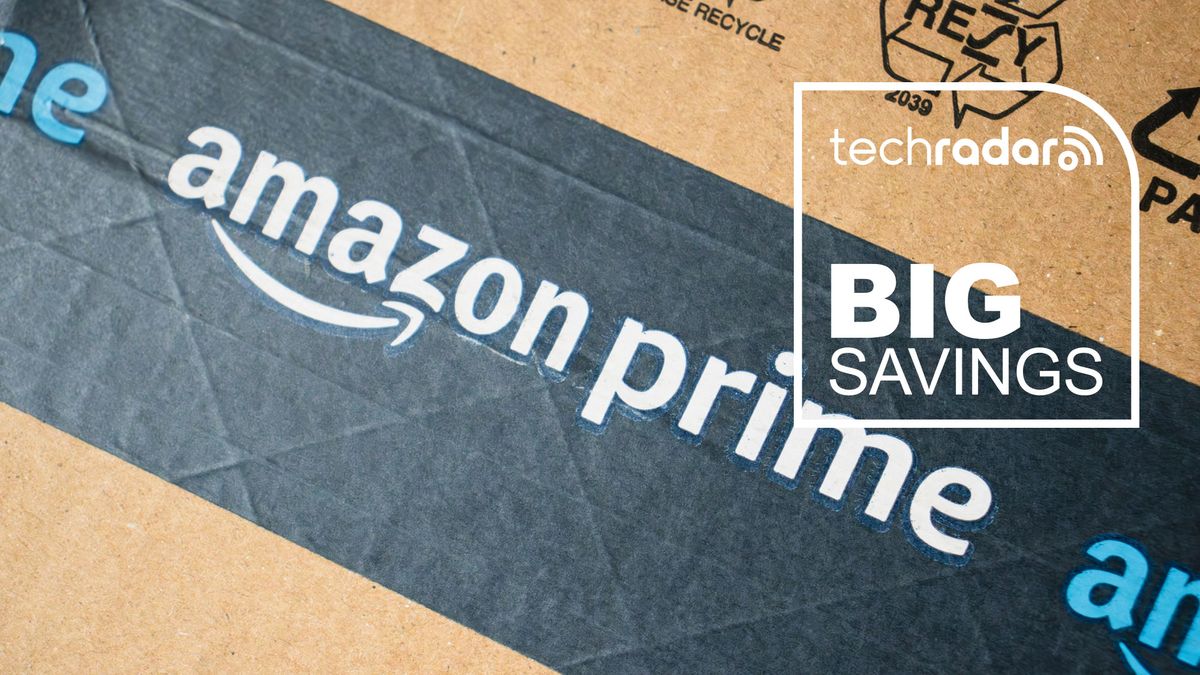When purchasing any Philips Hue bulb, you'll need a connection method. This can be achieved via Bluetooth, but you're limited to local access and have to be within a specific range for the app. The second option is to buy a Philips Hue Bridge, though many packs from the brand often come with the bridge included. It's a proprietary kit that works with branded products, but can connect with other hardware if needed. The hub itself is pretty good, connecting to numerous devices, handling everything using the Zigbee protocol, and can even integrate with other platforms, such as Home Assistant. But it's not cheap, you have to position it accordingly, and it's not fully open.
But thankfully, there is another way to bring all of your Zigbee products under a single umbrella, and that's through Home Assistant with a Zigbee adapter. The Hue Bridge from Philips costs around $60, and that's quite the bullet to swallow since it primarily works with Philips Hue bulbs and other accessories. Sure, you can add other branded hardware, but sometimes it's not terribly straightforward. That's where a Zigbee adapter comes into play. You can find some listed for as low as $25, and these can be connected to your Home Assistant server via USB or PCI slot, depending on what's available on that specific device. A Philips Hue bridge creates its own network, and if you add your own receiver solution, you'd have two running simultaneously.
A Zigbee solution with aftermarket receivers allows you to create one single network with sample coverage throughout the home. Philips Hue bulbs are often regarded as some of the best on the market thanks to their brightness, reliable connections, and longevity. I've used a few for almost a decade without seeking a replacement, and they get used daily for a good few hours. But having everything connected through proprietary hardware and using multiple apps now rubs me the wrong way.

Related
I finally set up Home Assistant with Zigbee, and my entire home changed
I had heard about Zigbee for a long time, but I finally took the plunge. I should have sooner.
Philips Hue is not required
To get the most out of smart devices
One of the selling features of the bridge is its versatility when used through the official Philips Hue app. You can configure automations, scenes, and more with a few menus. Scenes are a neat addition to the setup. These can range from alternating colors to disco lights and even candle imitation. That's great and all, and the user interface makes for easier management on devices owned by those who aren't as tech-savvy. Platforms such as Zigbee2MQTT are available to bring everything together and require nothing but a server running, which can also be the same device Home Assistant is on, as well as a cheap Zigbee dongle.
Zigbee supports more than just lighting, too. We've managed to connect devices such as motion sensors, door and window detectors, temperature and humidity sensors, and smart controls. And thanks to how open Home Assistant is with its integrations and HACS, you'll find something new to add to your smart home, which can integrate with existing hardware. So long as you purchase the right hardware for the job and spend a few hours setting everything up, you'll be good to go with a more open solution that can do much more than what Philips can offer through its Hue app. Home Assistant can become a seriously powerful tool for the smart home.
Not only would you be able to manage all your smart lighting as you would through the Philips Hue app, but Home Assistant can take it further with full support for IFTTT automation with integrations and other connected devices, some of which may not be connected through Zigbee.
Create the ultimate Zigbee network
Get more devices online with Home Assistant
I've mentioned Zigbee a few times, and that's because it's the wireless protocol used by Philips Hue and other wireless IoT devices. It's not quite the same as your wireless network, which can be handy since this frees up capacity on the network and avoids clogging everything up with countless bulbs, switches, and smart plugs. All you need is a Zigbee gateway (via a Zigbee coordinator dongle), which is how the Philips Hue bridge acts. This can be a simple USB dongle or PCI card inside a small PC or home server. Even your NAS enclosure may be able to interface with one, making it considerably more accessible without spending too much on additional hardware. It also allows you to power everything with an existing device instead of requiring another power outlet.
Home Assistant and the Zigbee Home Automation (ZHA) integration can act as a Zigbee gateway. That said, I would suggest using Zigbee2MQTT (Z2M) instead as it seems more stable than ZHA, though it may be worth trying both to see which works best for your setup. Once you've gotten used to how Home Assistant works with its various blueprints, it becomes notably easier to manage your own Zigbee network, and this could save you considerably. Better still, you can even use Zigbee repeaters as effective boosters to improve overall coverage around the home.
.png)











 English (US) ·
English (US) ·